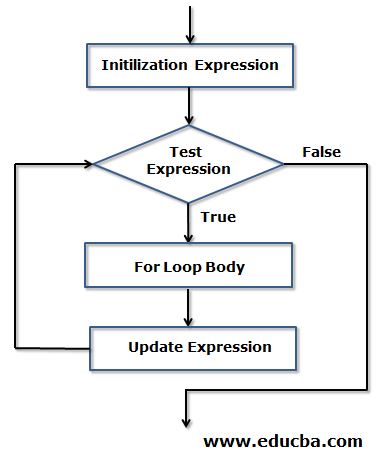


iterator makes it more efficient by avoiding all the intermediate copies. To demonstrate a more real world example of looping over a Scala Map, while working through some programming examples in the book, Programming Collective Intelligence, I decided to code them up in Scala, and I wanted to share the approaches I prefer using the Scala foreach and for loops. iterator call, it'd work differently: first, it would run the entire array through filter, and create a new array, containing only positive numbers, then, it'd run that new array through map, and create a new one, with the numbers divided by 6, then it'd go through this last array to print out the values. The way it is written, the code will take first argument from the array, send it through filter, if it returns false, it'll stop, and go back to the second element, if filter returns true, it'll send that element to map, then print it out, then go back, grab the next element etc. In Spark, foreach() is an action operation that is available in RDD. The difference is that iterators are lazy. Everything would work the same way if you take it out. arr.foreach and passes it to foreach as an argument, the way I wrote it originally, just passes println itself as an argument.Īlso, note a call to. You can just give it a name, and reference it as you would any other variable. The argument is current element of the list, as it has been pointed out in other answers. Blocking is still possible - for cases where it is. To simplify the use of callbacks both syntactically and conceptually, Scala provides combinators such as flatMap, foreach, and filter used to compose futures in a non-blocking way. ^ "Control Flow - the Swift Programming Language (Swift 5.5)".The argument to foreach is a function, taking one argument, and returning a Unit. By default, futures and promises are non-blocking, making use of callbacks instead of typical blocking operations.^ "Lua Programming/Tables - Wikibooks, open books for an open world".

"Implementing this interface allows an object to be the target of the "foreach" statement." "Java Programming Language, Section: Enhancements in JDK 5". Return Type: It returns all the elements of the stack after applying the given function to each of them. Method Definition: def foreach U (f: (A) > U): Unit. "Enhanced for Loop - This new language construct" In Scala Stack class, the foreach () method is utilized to apply a given function to all the elements of the stack. The Go Programming Language Specification. Its use goes far beyond simply looping over collections, helping. Like many other Scala constructs, the for-comprehension comes directly from Haskell. The Scala programming language introduced a new kind of loop: the for-comprehension. ^ "Range-based for loop (since C++11)". In imperative programming languages, we use loops such as for-loop and while-loop to iterate over collections.scala> val acc sc.longAccumulator(sample-accumulator. ^ "C++11 Features in Visual C++ 11 - Visual C++ Team Blog - Site Home - MSDN Blogs". A common use case to use foreach() is to update an accumulator for every element in RDD.^ "Proposed ECMAScript 4th Edition – Language Overview" (PDF).^ "D Programming Language foreach Statement Documentation".Notable languages without foreach are C, and C++ pre-C++11.ĪctionScript supports the ECMAScript 4.0 Standard for for each. Programming languages which support foreach loops include ABC, ActionScript, Ada, C++11, C#, ColdFusion Markup Language (CFML), Cobra, D, Daplex (query language), Delphi, ECMAScript, Erlang, Java (since 1.5), JavaScript, Lua, Objective-C (since 2.0), ParaSail, Perl, PHP, Prolog, Python, REALbasic, Rebol, Red, Ruby, Scala, Smalltalk, Swift, Tcl, tcsh, Unix shells, Visual Basic. Most use the simple word for, roughly as follows:


 0 kommentar(er)
0 kommentar(er)
